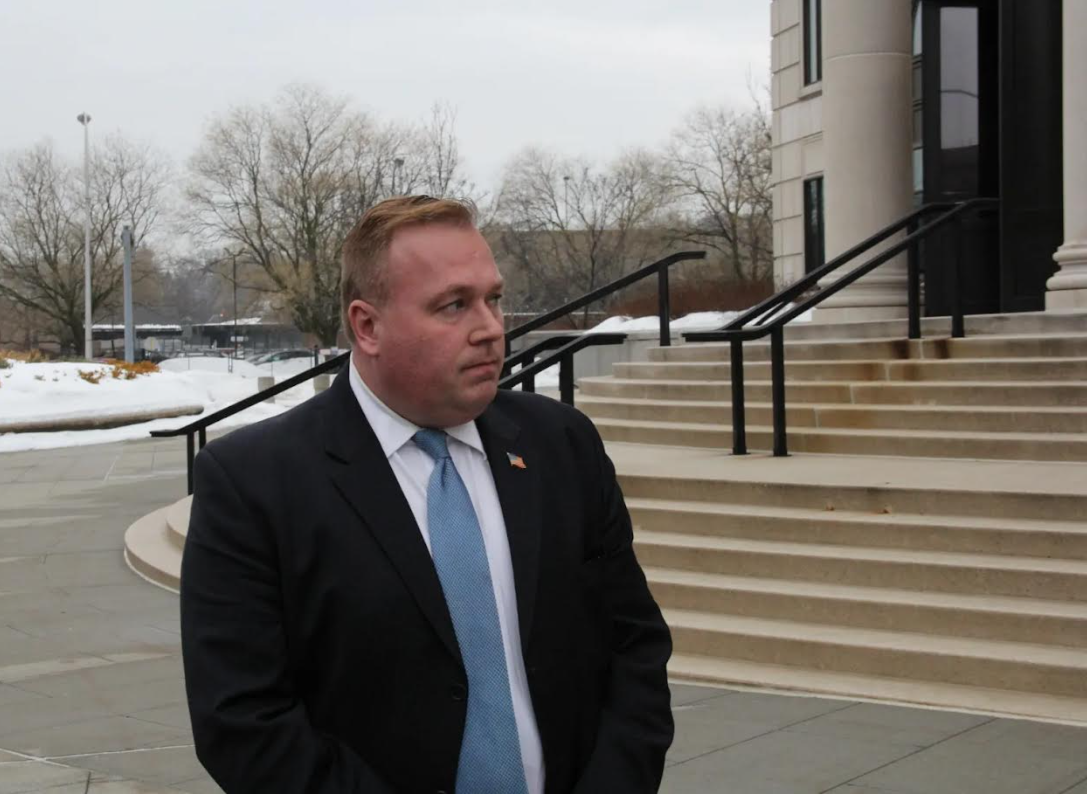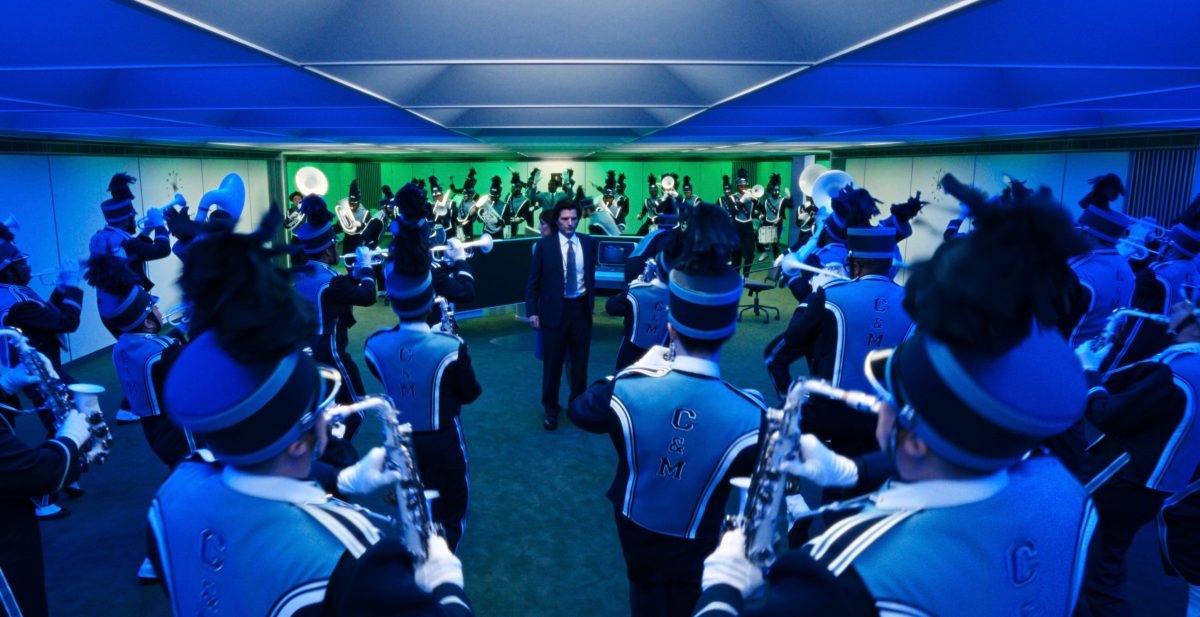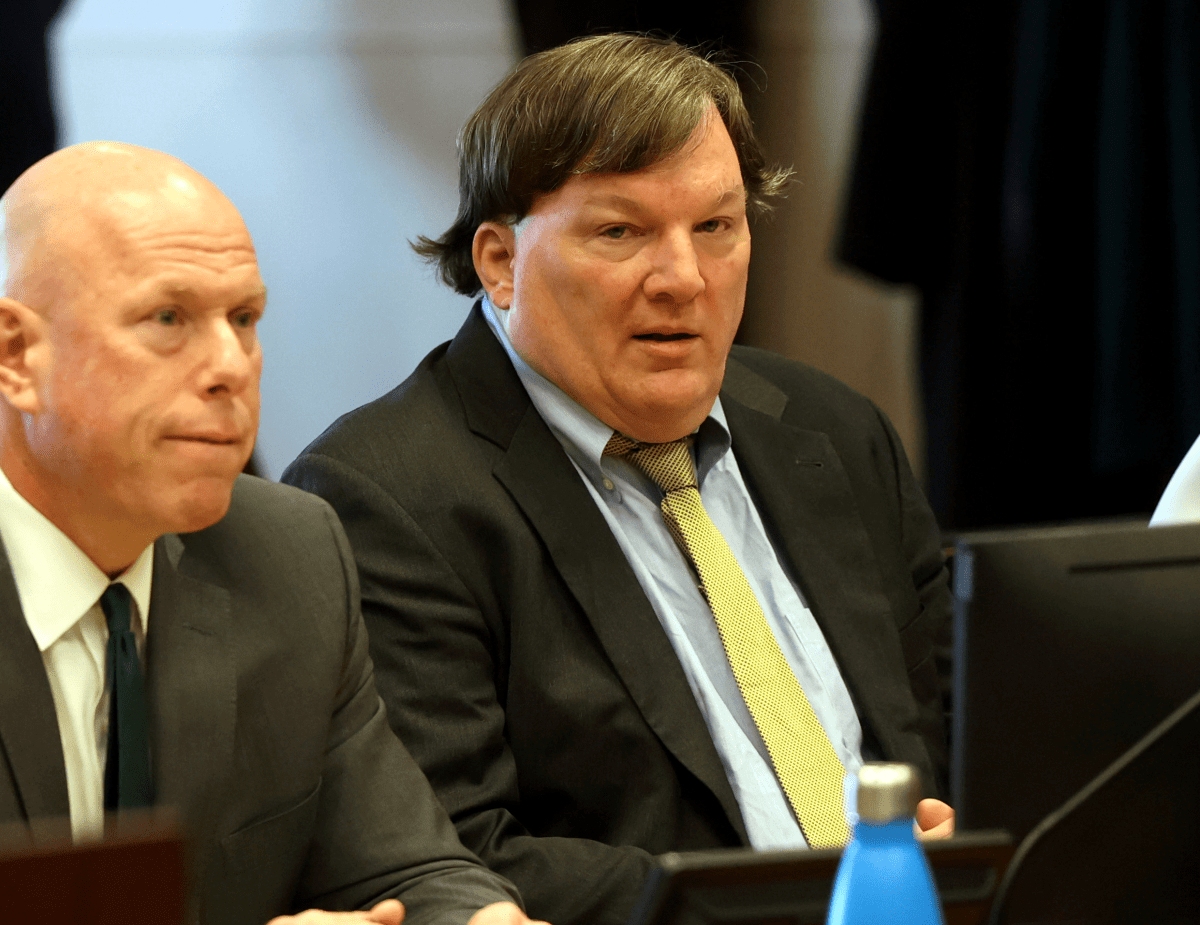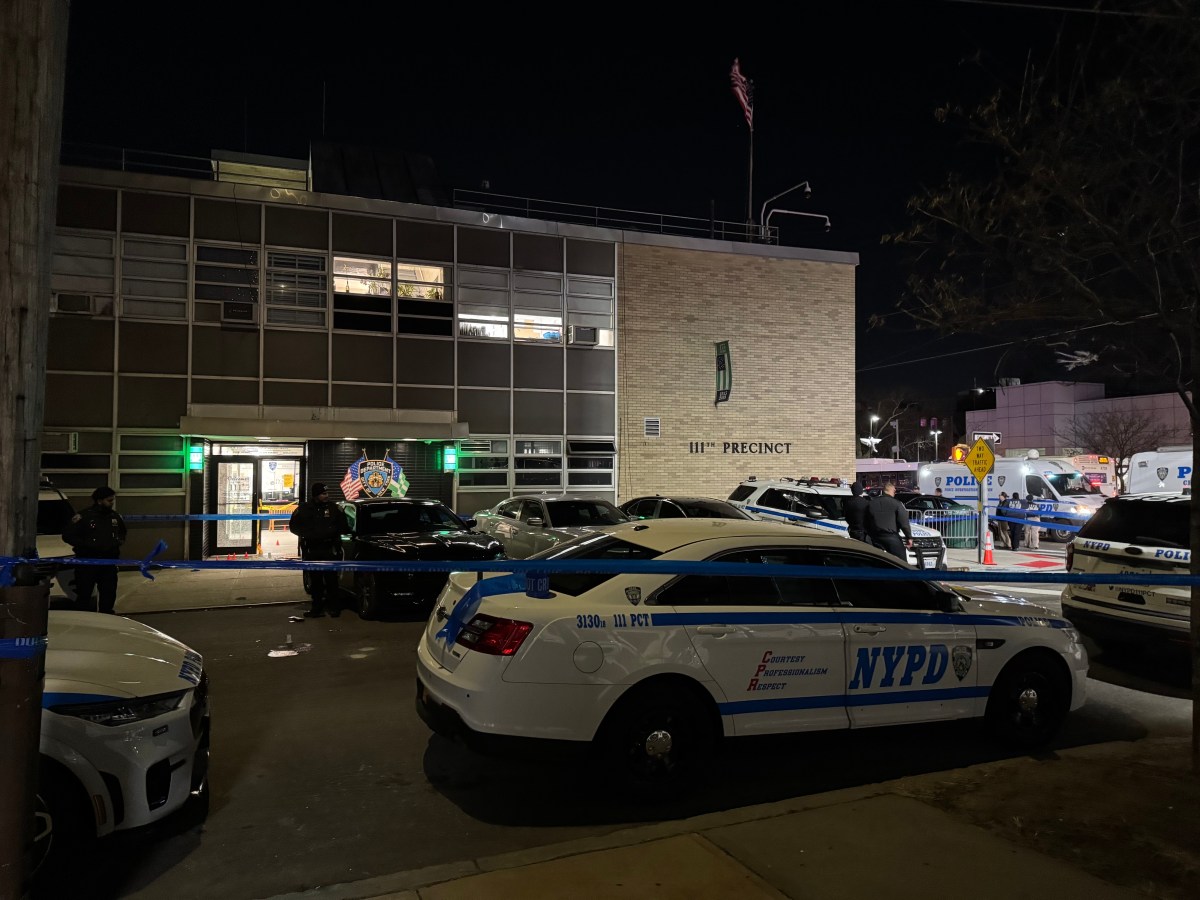BY JERRY TALLMER
Drama aplenty, direct from Ben Bradlee’s living room
On Sunday, June 13, 1971, readers of The New York Times — in this city and in Washington, D.C., and many other places — woke up to find, bannered across the front page, the first story in a devastating series that The Times (on the advice of a number of cautious lawyers) had been sitting on for almost three months.
Down in the nation’s capital, there was consternation — intense competitive envy — within the editorial offices of another much-respected newspaper, The Washington Post. Tough-talking editor Ben Bradlee was ready to jump out several windows.
“We had been scooped by the Times on a bombshell of a story,” says Washington Post publisher (the late) Katharine Graham (or her dramatic counterpart) at the beginning of “Top Secret: The Battle for the Pentagon Papers” — the reborn 1991 docudrama by Geoffrey Cowan and Leroy Aarons that’s in its New York City premiere through March 28.
Three days after The Times broke its history-making (or remaking) scoop — spreading the blame for our bloody 10-year Vietnam disaster on military and administrative lies and illusions from Kennedy to Johnson to Nixon & Co. — further publication was abruptly halted by a federal court injunction granted to Attorney General John Mitchell.
Ben Bradlee and his top staffers and reporters saw their chance to grab the ball away from The New York Times. Now that the Times was stopped in its tracks, all the Post needed was its own armload of the nearly 5,000 pages that had been filched and copied from the Pentagon’s files by this guy Daniel Ellsberg, hawk turned dove, whoever he was.
But who knew where to find any duplicates of such pages? Assistant managing editor Ben Bagdikian set himself to finding out; and sure enough, a hectic 24 hours and many air miles later, Bagdikian returned, as hard-boiled Bradlee wise-cracked, “with the goods.”
At New York Theatre Workshop, eleven actors, standing at microphones, play — or speak — some 25 roles. The microphones are emblematic of the way this dramatization began, as a National Public Radio piece back in 1991. The cast then was headed by Marsha Mason as Katharine Graham; Ed Asner as Ben Bradlee; and Ed Begley, Jr., as George Wilson (the Post’s Defense Department reporter who digs deep into memory for a vital document that saves the day when it’s the Post’s turn to go up against John Mitchell’s lawyers in federal court).
After the original NPR broadcast, “Top Secret” was given a 25-city tour in the actors-standing-at-microphones mode — “a hybrid, like a radio play that’s come to life,” said Geoffrey Cowan by phone from Los Angeles last week.
Little touches of humanity — “of fun,” says Cowan — are injected by an on-stage sound man (door opening! door closing!) and an intra-Pentagon dispute that ends with the miming of the miming of a pencil broken in anger.
To some minds, including my own, the Washington Post’s Pentagon Papers crisis plays second fiddle to the ultimate guts and victory of The New York Times — though the climactic June 30, 1971, U.S. Supreme Court 9-0 First Amendment verdict for a free press and against “prior restraint” applied to both (and all other) journals.
Geoffrey Cowan feels there is drama aplenty in the saga.
“Well, that’s really fundamental” — which tops which, Times or Post? — “but the New York Times story took three or four months to unfold, while we [himself and Aarons] “put the whole Washington Post story into one day in Ben Bradlee’s living room.
“It was a pivotal moment for journalism,” says Cowan, who is a onetime journalist (Washington columnist for The Village Voice, 1969-72) and a lawyer and teacher of mass media law at the University of Southern California’s Annenberg School for Communication and Journalism.
“More than that, it was an incredible women’s story” — the coming of age, so to speak, of one remarkable woman, Katharine Meyer Graham, who inherited a very major newspaper from her suicided husband, Philip Graham. When the chips were down, both with the Pentagon Papers and soon afterward with Watergate, she cut the cards and came through.
“I knew Katharine Graham well,” says Cowan, and it was in her voice that he put the narrative portions of “Top Secret.”
Here is the beginning of it:
Hello. I’m Kay Graham. It is now more than 35 years since the events depicted this evening, events which had such a profound impact on our newspaper and on the nation — as well as on my own life.
It was June of 1971, and I was still getting my sea legs as publisher of the Washington Post, the daily which my father [millionaire Eugene Meyer] bought at a bankruptcy auction in 1933, and which was published by my husband until he ended his own life.
Geoffrey Cowan, born in Chicago in 1942 but bred all the rest of the way in New York, is a graduate of the Dalton School, Harvard University, and Yale Law School. His brother Paul, now dead, was a columnist for the Voice. Geoffrey’s wife Aileen Adams is a deputy mayor of Los Angeles, “Our first date,” he says, “is when I was covering a pro-war rally.”
Co-author Leroy Aarons, a gay-rights advocate who died in 2004, had been a reporter, a New York bureau chief, and a Los Angeles bureau chief for The Washington Post. He and Cowan had as source material the transcripts of the several trials plus Nixon’s secret White House tapes plus miscellaneous other data made available through the Freedom of Information Act.
It was the Joseph Papp Public Theater’s John Dias who saw the staged “Top Secret” in Philadelphia and, according to Cowan, “loved it and said: ‘Oh my gosh, this play has to go to New York.’ ”
And here it is.





































